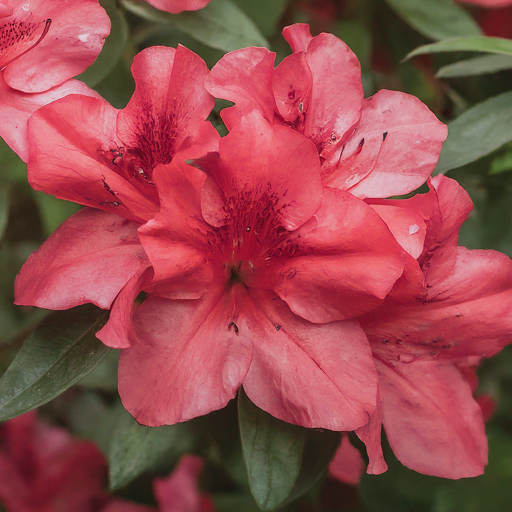
Unlocking the Secrets of Azalea Gardening
As winter fades away, gardeners in Southeast Texas eagerly anticipate the arrival of spring. Despite the busyness it brings, spring gardening tasks are a delight in our favorable weather. From planting veggies to dethatching lawns, there’s much to do. Amidst the chores, let’s not overlook the beauty of azaleas, heralding the arrival of spring with their vibrant blooms.
Azaleas are stunning additions to any landscape, whether as solitary plants or in mass plantings. Their colorful flowers create captivating focal points, heralding the end of winter and the onset of warmer days. With proper care, they reward gardeners with weeks of stunning blooms.
Planting Azaleas Made Simple
For successful azalea growth, choose a sunny spot with partial shade, preferably under tall trees. Ensure the soil is acidic, well-drained, and enriched with organic matter. Planting in late spring or early fall offers the best start. Dig a hole twice the size of the root ball, place the azalea, and backfill with soil. Water deeply and mulch to retain moisture and maintain soil acidity.
Also Read: Easy Workout Strategies to Improve Cardiovascular Fitness
Caring for Your Azaleas
Azaleas require minimal upkeep but benefit from regular watering and occasional fertilization. Keep an eye out for pests like Lace Bugs, especially in sunny areas. Pruning in spring after blooming helps maintain shape and promotes healthy growth. Choose from various native and reblooming azalea varieties to suit your garden’s aesthetic and fragrance preferences.
Also Read: How Cloud Computing Data Centers Lead the Way
Quick Tips for Success
Before planting, conduct a soil analysis to determine acidity levels and amend accordingly. Plant azaleas slightly above soil grade to prevent waterlogging. Ensure moist, well-drained soil and provide afternoon shade or filtered light. During the first seasons, keep azaleas well-watered to establish strong root systems. Avoid cultivating around the drip line to protect shallow roots.
